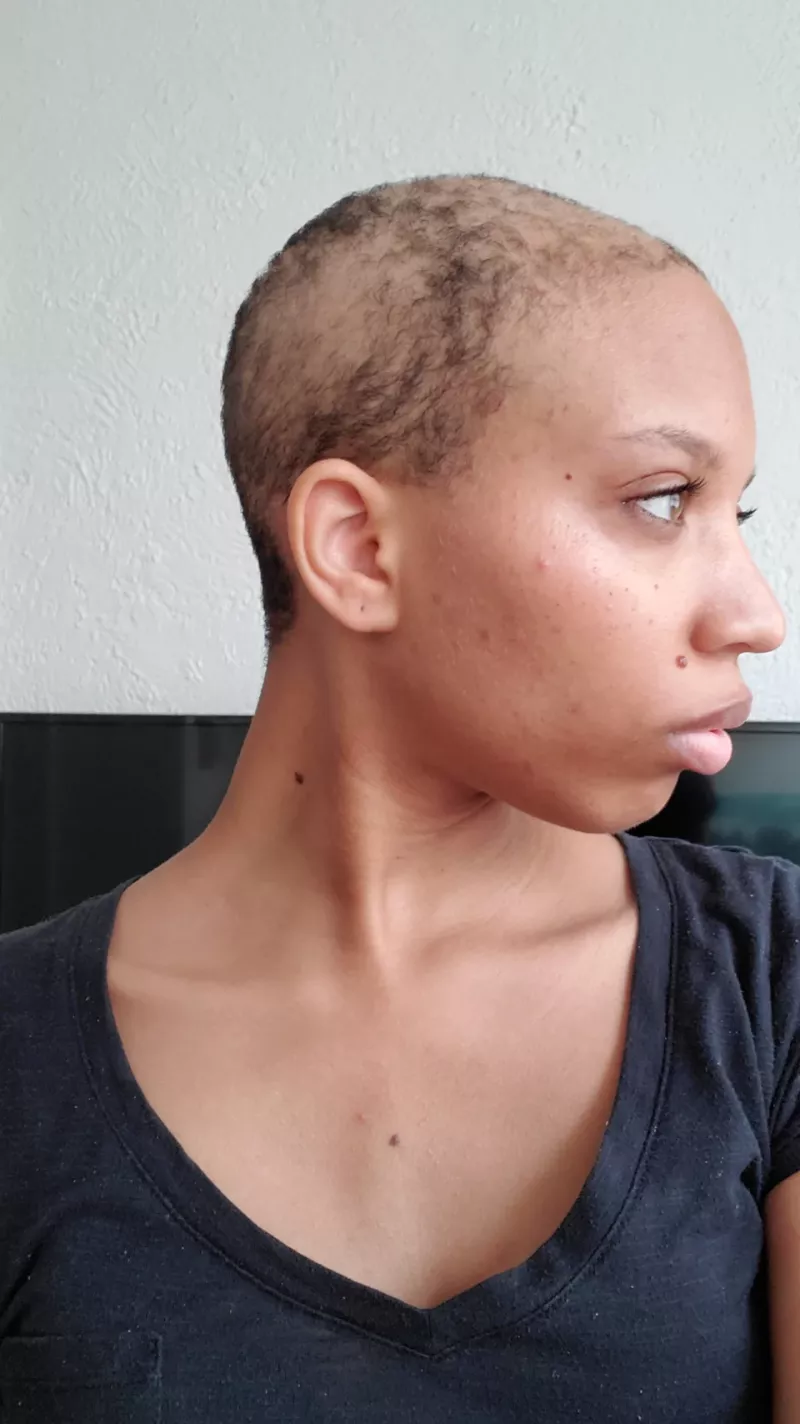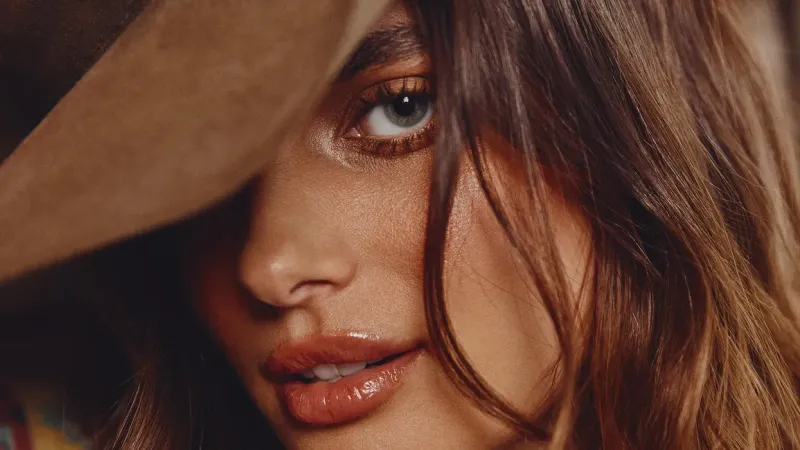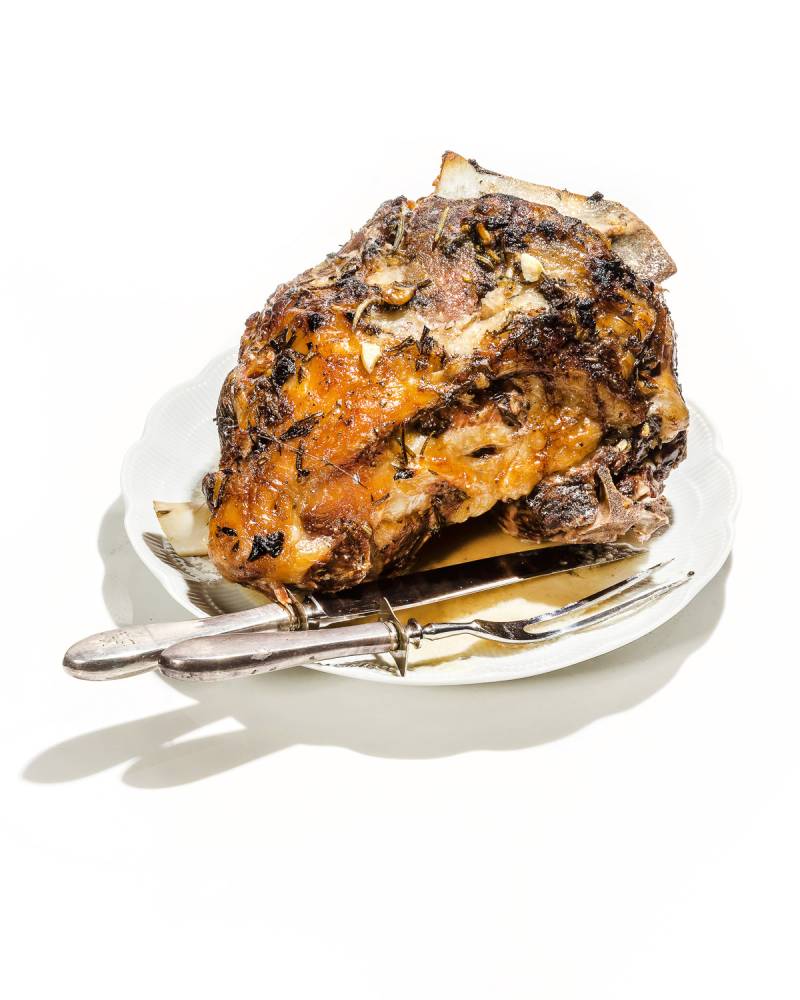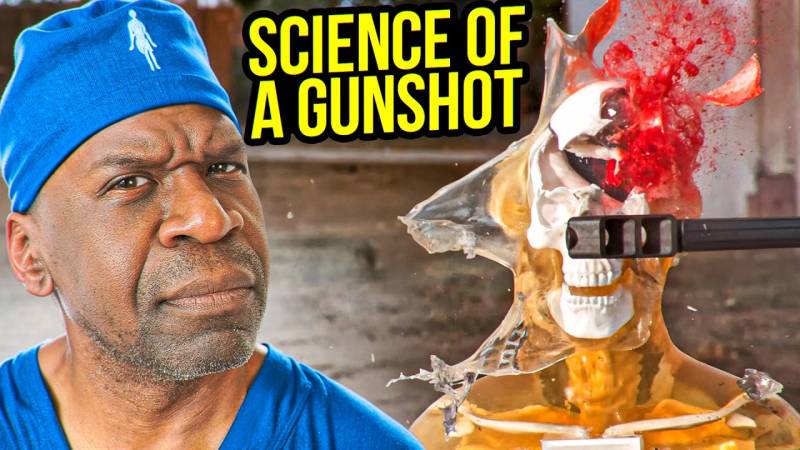Ahleah Paul has been dealing with trichotillomania since she was in middle school. (Courtesy of Ahleah Paul)
Earlier this year, comedian Amy Schumer revealed a "big secret" she has been struggling with for years: trichotillomania.
The hair-pulling disorder causes irresistible, recurrent urges to pull out hair from any part of the body, including the scalp, eyebrows and eyelashes.
"I think everybody has a big secret, and that's mine," Schumer said about her battle with trichotillomania in an interview with the Hollywood Reporter.
The condition is often regarded as a cosmetic concern, but trichotillomania is a diagnosable mental disorder that can be triggered, exacerbated and influenced by stress and anxiety. For some, however, pulling hair is the compulsion of an obsessive-compulsive disorder. For others, it's because they are bored or frustrated, according to research published in the Journal of Behavior Therapy and Experimental Psychiatry.
In many cases, trichotillomania starts off mild, but it can quickly spiral out of control.
"I developed a nervous tic of starting to twirl my hair … from there it went to putting the ends in my mouth, and I ended up chewing off some of the ends," Ahleah Paul, who has dealt with trichotillomania since middle school, tells Yahoo Life.
Paul's compulsions only grew as she transitioned to high school, where she began to pick her hair out straight from the scalp.
"It's just a whole uncontrollable habit where I have to keep it bald and shaved," Paul shares.
Now 25, Paul still struggles with hair-pulling and has chosen to embrace a bald cut to prevent the urge to pick. She also utilizes wigs to help control the urges but admits that her scalp is free game once the wigs come off.
"A month is like the max I can go before I start to flare up, and I feel like, 'Oh, my God, I have to pick again,'" she says.
Post-puberty hormonal shifts combined with mental health changes can also fuel the urge to pull. For Chloe Hamlow, 21, she began picking her hair during her junior year of high school. "I always struggled with anxiety, but it really plummeted during that time, and that's when I started pulling," Hamlow tells Yahoo Life. In her heightened state of anxiety, Hamlow says she didn't even realize she was pulling out her hair until her mom noticed the shorter patches.
Chloe Hamlow didn't realize how severe her hair-pulling was until her mom pointed it out. (Courtesy of Chloe Hamlow)
"She was like, 'Why is your hair short right there?' And I was like, 'What do you mean?' And she took a picture and I was like, 'Holy crap,'" Hamlow says. Despite this, Hamlow still found herself seeking comfort in the form of hair-pulling and has shared her story on her TikTok as well.
"It never, like, hurts; it is like a feeling of relief," she explains. With the use of an app that allows her to track her hair picking and doing her best to find other ways to occupy her hands, Hamlow says she's managing her picking but says it is not a perfect system by any means.
"I was actually doing really well last year my hair was getting thick, but then I relapsed, so that really sucks," she says. Regression is never ideal, but Hamlow is learning to extend grace to herself as she navigates the ups and downs of the disorder. "I told myself if I can just limit the amount that I pull, I'm OK with that, that's fine with me," she says.
Although most noticeable when pulled from the scalp, trichotillomania is not exclusive to the head; many pull from their lashes and brows.
Jennifer Deyo's trichotillomania primarily affects her brows and eyelashes. (Courtesy of Jennifer Deyo)
"Overnight, it felt like I pulled out all my eyelashes," says Jennifer Deyo, who shares "Trich Tricks" online to help those looking for ways to understand and manage trichotillomania — something she didn't have growing up.
Deyo tells Yahoo Life that her struggle with trichotillomania ebbed and flowed until the high stresses of college brought it back in full force. "I didn't have access to the internet or know what [trichotillomania] was," she says. "This was the early ’90s, and I had to go to school looking very different than my peers, and I didn't even have makeup yet or anything to kind of hide what I had done."
Deyo spent the majority of her adolescence believing she was alone in her hair-pulling compulsion. (Courtesy of Jennifer Deyo)
She adds: "High stress, different environment, being without my family, stuff like that, so I started pulling again," she says.
During this point in her life, Deyo was able to conceal her picking a bit more but still felt isolated by the condition.
"I truly thought that I was the only person on the entire planet [with trichotillomania] because I had never heard of it before," she says. "We didn't have the internet to research."
It was a forgotten Cosmopolitan magazine article that would open Deyo's eyes to the world of trichotillomania.
"A friend of mine brought Cosmo magazine over to my house and happened to leave it behind," she recalls. "And I was flipping through their magazine, and they had an article about hair-pulling disorder and mentioned trichotillomania. I'd never seen that word before, and I was so relieved."
At 39, Deyo now has decades of experience with trichotillomania and utilizes her social media platform to help others who may feel as isolated by their hair-pulling, as she did in the past.
"Even with access to all these websites and all these resources, these girls were [still] like, 'Oh my god, I thought it was just me,'" Deyo says. "So it just became a really fulfilling thing to do to make sure that no one ever had to feel that way again."
While trichotillomania typically starts between the ages of 10 and 13, some younger kids also partake in hair-pulling. Model Anna Gantt tells Yahoo Life that she was diagnosed with trichotillomania before she was 5 years old. When she got older, Gantt shares that, in addition to her brows and lashes, she would also pull out her pubic hair.
"That's really crazy to say, but it's the truth," says Gantt. "I have pulled out pubic hair."
Anna Gantt has been dealing with trichotillomania since she was four. (Courtesy of Anna Gantt)
Despite how early she was diagnosed, Gantt still went through the feelings of isolation and confusion over her hair-pulling.
"My parents at first did not understand how to cope with me pulling out my eyelashes, and so I was spanked and had things taken away," she says. Eventually, Gantt was put on medication but didn't like the way it made her feel.
"That actually took away all of my personality," she says. "It did help me stop pulling out my eyelashes briefly, but I just realized I'd rather be myself and live my life without hair."
Now 23, Gantt uses her TikTok to advocate for trichotillomania inclusiveness in the modeling space and is currently represented by a manager who also has the condition.
"It's important to me that I'm represented by somebody who also has the same condition," says Gantt, who continues to push for trichotillomania inclusiveness.
She shares that she still pulls out her lashes when she gets the urge and has "basically accepted I may not ever have eyelashes again," she says.
Gantt adds: "At this point, I know it's going to relieve stress. So it's something that I do allow myself to do, and I've stopped being so mean to myself."




